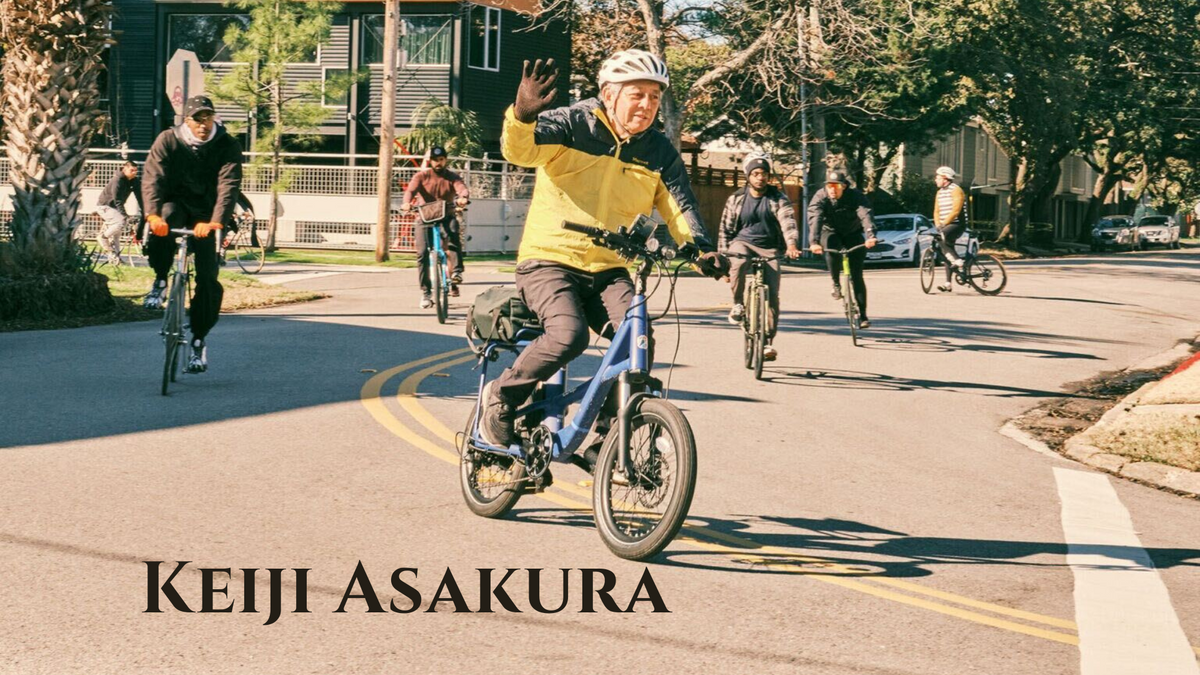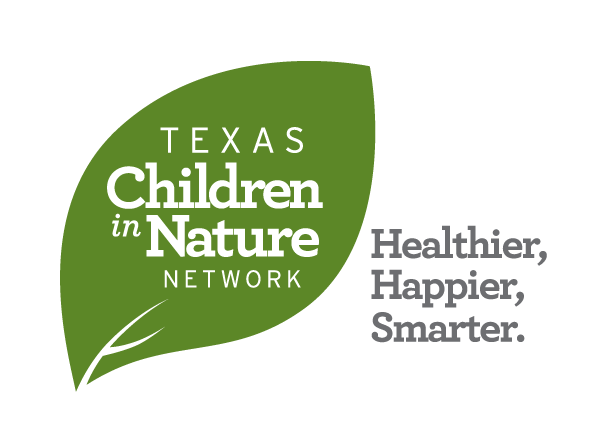
Keiji Asakura
Board Member
This past January, Keiji met with Alice to share why he joined the Texas Children in Nature Network Board.
Keiji, please introduce yourself and let us know a little about you:
I'm a landscape architect with Asakura Robinson. I’ve been in practice for about 45 years. What I'm interested in, passionate about, is the importance of the outdoor experience at any age, but especially for children out in nature. Of course, my business is to create or incorporate those kinds of opportunities in the everyday environment. I really love to discuss those kinds of opportunities with all kinds of people from health professionals to teachers, so that wherever that opportunity is created, it works for them. It may sound simple, but it has a lot of obstacles.
I was born in Japan and grew up in Japan. In 1969, when I was 15, I came to the United States, to California, and experienced a totally different environment. I often go back to Japan and then I really see the difference in how nature is accessible in certain areas of Japan compared to other areas. I see how nature is instilled from an early age. Of course, I did not know that when I was young. I thought that was a common experience for everybody.
Now 50 years later, I see that this is not a common experience for everyone. Maybe for people who are now in their thirties or forties, but certainly not for children. I think that we need to try much more to provide the nature experience. Nature teaches us so much. This experience is something that we have to really put in everybody's DNA, their thinking. From politicians, policy makers, teachers and so on, so that children that will have the benefit of that nature experience and learn from it. It is something that's kind of been talked about in the last 10 years or so. The native indigenous thinking is something that incorporates nature, which reminds us we are part of nature and that we also have to give back to nature. So, how do we get there? We need to do it in a way that is brought into everyday learning. That's kind of my thing.
What are some of your favorite activities in nature?
I love campfires. Meaning camping and being able to gather around the fire. I know that's not permitted to do in a lot of parks, but whenever we can, yes. The main memories of growing up in California were to be able to do that in certain coastal parks, to have this campfire in the park. That's my favorite activity. There are times when I took lots of nature photos. Photography was a big thing. Another was finding what you can eat from native vegetation, making sure that you don’t eat any poisonous mushrooms, but the idea of exploring native edible plants.
What is your favorite nature spot in Texas?
Gosh, there are many. There are a lot of state parks. Martin Dies State Park is someplace that I used to take kids to a lot. And, of course, the Big Bend area. I don't know how many times I went there, but many, many times. It's a fascinating, fascinating place in Texas. Locally in Houston and Galveston Bay, also the Trinity River basin is something that's really, really fun.
In addition, another activity that I like is kayaking and paddling. In fact, the Martin Dies State Park has the Neches River. And there’s the Trinity River and Galveston Bay. Kayaking, being in the water, is really fun. I remember we signed up to become a part of a yacht club down in Clear Lake but we didn't have a boat. We just had a kayak. At a members’ mixer-dinner event, people were asking us what kind of boat we had. And we said that we had a kayak!
What interests you about the children in nature movement?
Well, we all know the book, Last Child in the Woods by Richard Louv. What a game changer that was, all across the country, all across the world. You know, that book kind of sparked my interest in children in nature and much more. It was sort of a detailed application of my profession. I remember attending the first conference in the Austin area for our group and thinking I’d like to be part of that movement.
Why do you feel strongly about Texas Children in Nature Network?
Texas Children in Nature is well organized and the kind of group that I like to support. It's a really important part of what I described, both looking at what nature gives to children and everybody else, as well as its importance in our lives. Being who I am and what I do for a profession, I thought I could bring a different perspective, the landscape architect side. I thought I could contribute to the board when it dealt with these issues. I thought I could make a difference.
What is some of your history with the organization?
I remember going to the first Children & Nature Network conference with Jaime Gonzalez in Bastrop. Since then, I think I've attended three conferences.
How has working with Texas Children in Nature Network made an impact on your life/profession?
Well, there’s certainly more awareness on my part of what's going on in other cities. I remember going to San Antonio and seeing what the San Antonio Parks Department is doing. That really was an eye opener. And then in Austin, hearing what Austin's Parks people are doing. Another eye opener.
Then trying to bring those ideas back to where I live in Houston to see how some of these good ideas could be incorporated into this city and this region. It has certainly made an impact. I haven't had time, a whole lot of time to actually put that into action yet. Hopefully 2024 is the year of action on that.
Why did you want to join the board?
You kindly asked me to be on the board, and I gladly accepted. I want to continue to think about how I could really help the organization grow.
Where would you like to see Texas Children in Nature Network in five years?
I would like to see more people involved more, health professionals and health organizations. I'd like to see more robust funding with opportunities for the organization because children's health matters. That is really a big community focus, a big issue. We can bring our nature deficit ideas to different foundations and funding organizations, with us being the recipient of those dollars to further investigate and further activate the community. So, in five years, what I'd like to see is a much broader base of support and funding.
I think we could say that we're part of a broader issue too, climate change, and the need to curb emissions. Somehow, I think we could tell the story that we are a key component of the issue that this nation and this community are facing. It’s an important story for us to tell and it can get us a broader base of support. Children grow up inside automobiles or in a school bus, seeing nature through the windows, without direct contact with nature so this issue is especially important.
Thank you, Keiji, for your time today.
